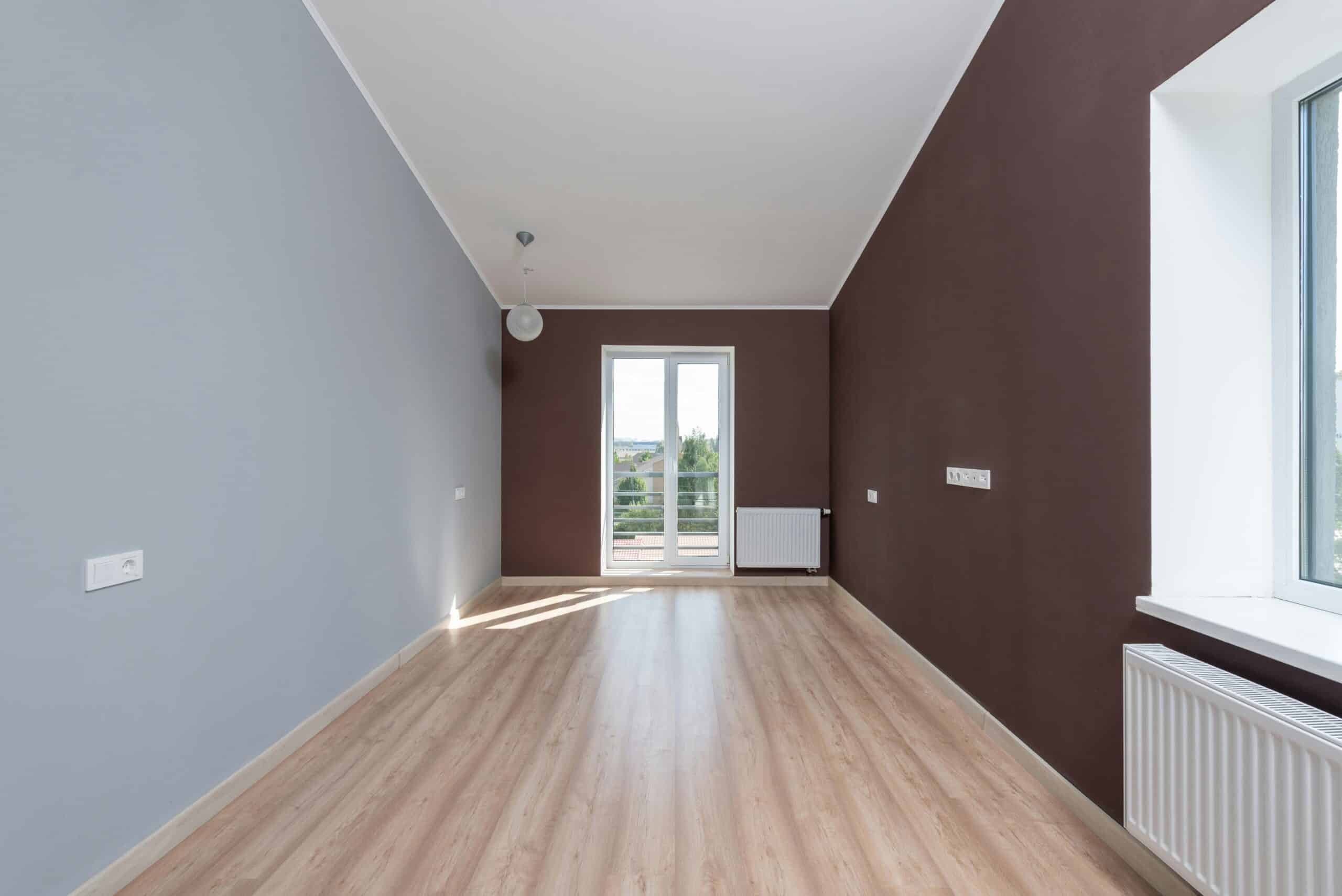
Is one of your radiators cold at the top but hot at the bottom? Or maybe you’re hearing strange gurgling sounds from your heating system? These are classic signs that your radiator has trapped air—and it needs bleeding. Bleeding a radiator is one of the easiest yet most effective DIY tasks for UK homeowners. Not only does it restore full heat output, but it can also improve your central heating system’s efficiency and help lower your energy bills. This article explains when, why, and how to bleed a radiator properly, what tools you’ll need, and how often to check your system to keep your home warm and running smoothly.
What Does Bleeding a Radiator Mean?
Bleeding a radiator simply means releasing trapped air from your central heating system. Over time, air can accumulate in your pipes and radiators, blocking the flow of hot water and making your heating system less effective.
When this happens, you may notice:
Radiators cold at the top
Gurgling or hissing noises
Longer time to heat rooms
An unbalanced system (some rooms warm, others cold)
Bleeding your radiators removes this air and allows hot water to flow properly again.
What You’ll Need
Bleeding a radiator doesn’t require any technical skill or expensive tools. You’ll need:
A radiator key (available at any DIY store for under £2)
A cloth or small bowl to catch any drips
Optional: Gloves and an old towel to protect carpets or walls
If your radiator has a modern bleed valve, a flathead screwdriver may also work.
Step-by-Step Guide: How to Bleed a Radiator
Step 1: Turn Off Your Heating
Before doing anything, switch off your central heating and let your radiators cool. Bleeding a radiator while it’s hot can be dangerous and may cause scalding.
Step 2: Locate the Bleed Valve
The bleed valve is usually at the top corner of the radiator. It looks like a small round hole with a square in the middle (for the radiator key) or a flat screw head.
Step 3: Insert the Radiator Key
Fit the key into the valve and hold your cloth or bowl under the opening to catch any water that escapes.
Step 4: Slowly Turn the Valve
Turn the key anti-clockwise (left) slowly—just a quarter to half turn. You’ll hear a hissing sound as air escapes.
⚠️ Don’t remove the key completely. You only need to let the air out.
Step 5: Wait for Water
Once water starts to dribble or spray out (instead of air), quickly turn the valve back clockwise (right) to close it.
Be careful—this water may be dirty and slightly warm.
Step 6: Repeat for Other Radiators
Work your way through your home, bleeding radiators one by one—starting with the radiator furthest from your boiler and moving toward the closest.
Step 7: Check Boiler Pressure
After bleeding your radiators, check your boiler’s pressure gauge. Bleeding may lower system pressure.
If it’s dropped below the recommended range (usually 1.0–1.5 bar), top it up using your boiler’s filling loop. Always consult your boiler manual if unsure.
How Often Should You Bleed Your Radiators?
Most UK households should bleed their radiators once a year, typically in autumn, before the heavy-use winter months begin. However, if you notice any signs of air buildup (like cold spots or strange noises), it’s time to bleed them again.
Common Mistakes to Avoid
Bleeding with heating on: Always switch it off and let the radiators cool.
Over-tightening the valve: This can damage the valve or threads.
Not checking boiler pressure afterward: Ignoring this can cause your heating to malfunction.
Skipping radiators: If you only bleed one, the others may still be underperforming.
When Bleeding Isn’t Enough
If your radiators remain cold after bleeding, you might be dealing with:
Sludge buildup
A faulty valve
An unbalanced system
Boiler issues
In these cases, it may be time to flush the system, rebalance radiators, or call a Gas Safe registered engineer for further inspection or contact us at Smart Home Improvement People.
Why It Matters: Efficiency, Comfort & Safety
Bleeding your radiators isn’t just about comfort—it affects:
Energy efficiency: Trapped air makes your boiler work harder.
Heating bills: You’ll spend more money to stay warm.
System lifespan: Poor circulation increases wear on your boiler and pipes.
Environmental impact: A well-maintained system uses less energy and reduces your carbon footprint.
Final Thoughts
Bleeding your radiators is a five-minute job that can make a real difference in how your home feels during the colder months. It’s simple, safe, and saves money—making it one of the smartest DIY heating hacks UK homeowners can learn. Stay on top of it annually, and you’ll enjoy warmer rooms, smoother boiler operation, and better energy efficiency all winter long.
